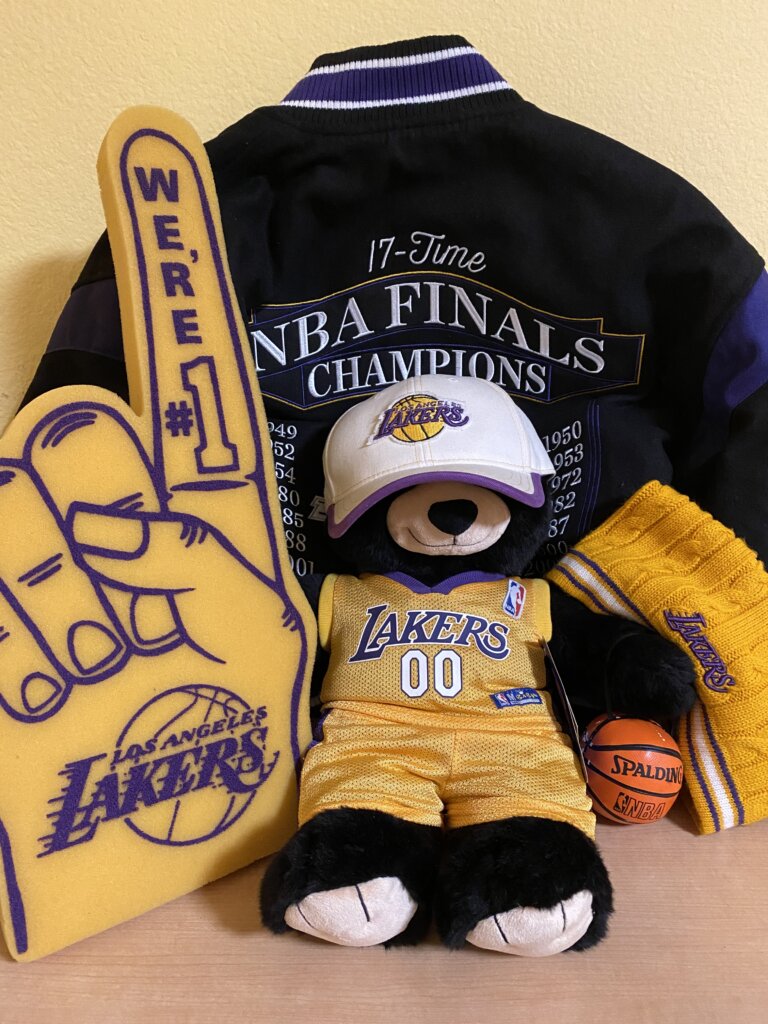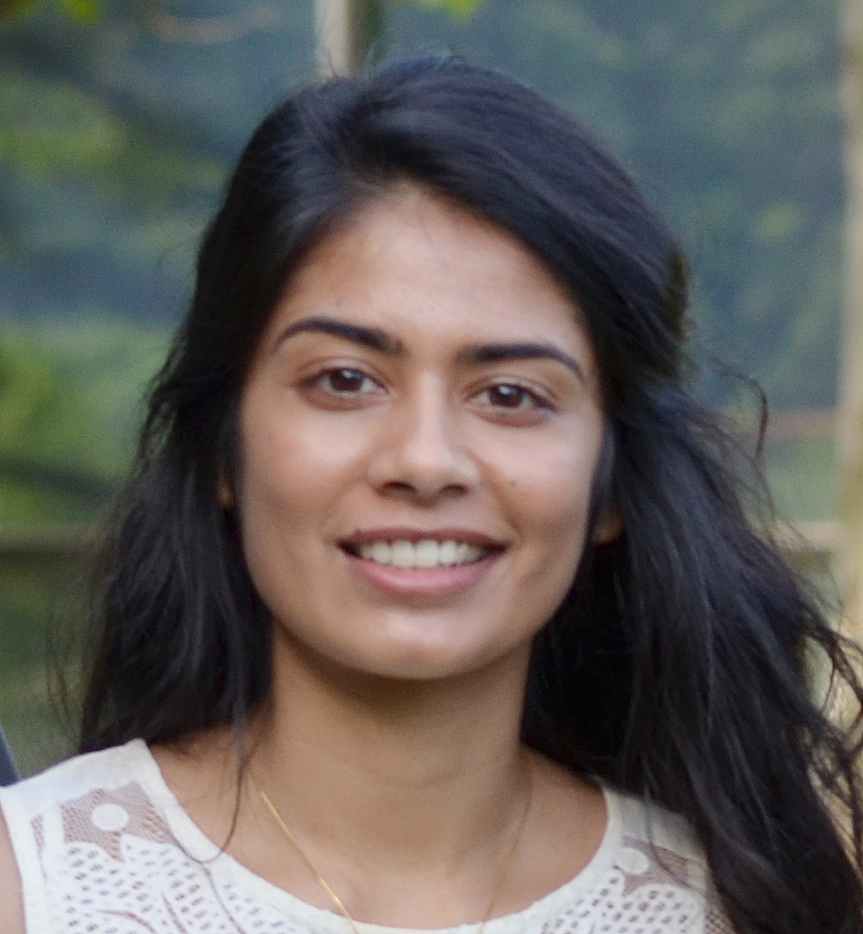In this edition of our UC Press Editor Spotlight Series, we sat down with Art History Editor Archna Patel to discuss her vision for our Art list, how she’s supporting and responding to calls for social justice within the field, and how her love for the Lakers has helped her cope during the pandemic. Read on or watch the video below to learn what kind of projects Archna is looking for and how you can connect.
How did you become an editor at UC Press?
I had never really imagined a future in publishing until my time at the UCLA Chicano Studies Research Center. There, I was working on an archival project, the La Raza photograph collection, and soon discovered the center’s award-winning press. Under the supervision of their wonderful managing editor, Rebecca Fraizer, I began working on a book project and their flagship journal, Aztlán. The exciting scholarship in between those pages really piqued my interest in academic publishing and highlighted how creatively written scholarship can make a meaningful impact both inside and outside of the academy.
Soon after, I started at UC Press as an editorial assistant and quickly realized that having conversations with authors was the best part of my job. I love hearing authors’ passion for their projects, how they came to research particular subjects (rarely a straightforward path!), and how they believe their book will create change—big or small—within the field.
As the new Art History Editor at UC Press, can you tell us your vision for your list and what kinds of projects you’re looking for?
UC Press has a long history of being a progressive publisher committed to social justice, but I think this is more obvious in some of the other areas we publish in like our excellent criminology and sociology lists. My goal is to make social justice the heart of the art list. To me, this means first and foremost critically acknowledging and examining our own role as an institutional gatekeeper, and then second, supporting the many calls to action within the field. These include the work of the Association for Critical Race Art History founded by Camara Dia Holloway and Jacqueline Francis and Jordana Moore Saggese’s leadership of the Art Journal. Outside the official channels of the academy – hashtags like #POCarthistory, created by Ananda Cohen-Aponte, foster new exchanges and new paths of knowledge, and the #MuseumsAreNotNeutral movement, created by La Tanya S. Autry, has long been working to decolonize pedagogical and curatorial frameworks in the public arena.
These are just a few examples of calls for change that I want to support with our Art list. I’m excited by projects that challenge traditional narratives of American art, give voice to overlooked artists, and expand our understanding of visual culture and its impact on society. This goes beyond projects on our current political climate. There’s great research being done on earlier periods of history that is breaking established disciplinary boundaries and creating new areas of scholarship.
I’m also excited to open up the list – to look outside the traditional field of art history, outside the academy, and beyond the confines of the established canon or perhaps even the traditional art book format. This includes expanding the types of authors on the list. In addition to art historians, I’m interested in hearing from scholars in American studies, critical race studies, and queer studies who are working to create this change. I’m also open to curators, who are always doing exciting work on the ground; critics writing on these important issues; and scholars who have real desire to contribute to public discussions around visual culture and social justice. But overall, I plan to prioritize and support more scholars of color and books on artists of color in all types of projects – from monograph to exhibition catalogs. This is something I believe the discipline has desperately needed long before our current political moment, and it also comes out of my personal experience working in the arts.
“UC Press has a long history of being a progressive publisher committed to social justice, but I think this is more obvious in some of the other areas we publish in like our excellent criminology and sociology lists. My goal is to make social justice the heart of the art list. To me, this means first and foremost critically acknowledging and examining our own role as an institutional gatekeeper, and then second, supporting the many calls to action within the field.”
Archna Patel
What are some recent books that most exemplify your approach?

I’m thrilled to be publishing Jordana Moore Saggese’s The Jean-Michel Basquiat Reader, which is a part of our flagship series, Documents of Twentieth Century Art. By arguing for the critical importance of the artist, in addition to his popular and commercial success, Saggese demonstrates the urgent need to interrogate whose voices we include—and exclude—in what we call “American” art.
This focus will be key to the series moving forward, and also to individual projects like Katherine Manthorne’s biography of Eliza Pratt Greatorex, Joanna Pawlik’s fresh look at surrealism in the US and its connection to activist communities and political protest, and Stephanie Sparling Williams’s upcoming book, Speaking Out of Turn: Lorraine O’Grady and the Art of Language, which writes the artist into histories of American conceptual art and Black feminist performance.
Our exhibition catalog program additionally aims to highlight BIPOC artists who are long overdue for recognition. A few examples include the recent publication of the second edition of The Sculpture of Ruth Asawa with the Fine Arts Museum of San Francisco, and the upcoming catalog, Carlos Villa: Worlds in Collision, with the exhibition concurrently opening at the San Francisco Art Institute and the Asian Art Museum of San Francisco in August 2021. I’m also interested in projects that challenge our understanding of race in the United States, and Shana Klein’s Fruits of Empire is a fantastic example that brings together a wide range of visual materials to explore issues of race, labor, and land.
Finally, I’m excited to publish Anneka Lenssen’s Beautiful Agitation: Modern Painting and Politics in Syria. I love our global modern and transnational titles. It’s where some of the most exciting scholarship is happening, because these books strike at the heart of art history. They argue for what should be studied, focusing on understudied regions typically in the Global South, and also challenge how they should be studied. You can’t simply use the same methods of art history, which as a discipline has colonial origins, so these titles are actually creating new ways of doing art history.
What’s unique about the publishing program for art books?
One of the things I love about UC Press art books is that in addition to the important scholarship they contain, the books themselves are beautiful objects. Dazzling full color images, exquisite designs (shout out to our superbly talented designers), and a trim size that can fit perfectly on any shelf! This is something that I think really distinguishes our art list.
We also have an excellent team of people that work on our art books. From production to design, and marketing and publicity, my wonderful colleagues have years of experience and expertise to carefully tailor the look and feel of a book, and its positioning within the marketplace. It’s rare to have a team devoted to a specific list from start to finish, but it makes for a unique publishing experience and a strong partnership between author and publisher.

With many people working from home during the pandemic, the boundaries between our work and personal lives are blurring. How have you been adjusting to working from home, and what have you been doing to relax and have fun in your free time?
I have been reading outside when the weather is nice and, of course, watching a terrible amount of TV (I’m currently on my third rewatch of Schitt’s Creek since last March). But the very best distraction was the Lakers winning the 2020 NBA Championship! I am a HUGE Lakers fan, and the playoffs was such a blast. Having basketball back not only gives me something to look forward to and cheer for, but provides a sense of normalcy. And yes, I am implying that the Lakers winning championships is normal #threepeat.
How can potential authors get in touch with you?

People should always feel free to reach out to me directly at apatel@ucpress.edu. In my experience, the biggest misconception about approaching an editor is that you have to wait until you’ve finished the project to do so. It’s actually the complete opposite! I would encourage all scholars, especially junior scholars, to connect with an editor beforehand. Now that everything is virtual, take advantage of the fact that there are no geographic restrictions to meet face to face. If you’re attending a virtual conference, see if that editor’s on a publishing panel, sign up for virtual office hours, or use social media to get in touch.
Regardless of whether you have a fully polished proposal or not, I would love to hear about your research and book ideas. I’m interested in learning what a project is about, why you care about it, and why should I—and this would simply be a conversation, not a presentation. You tell me things, I ask some questions, and we suss out these answers together. This is my favorite part of the job! I’m also always happy to answer questions about the art list and the book publishing process more generally.


